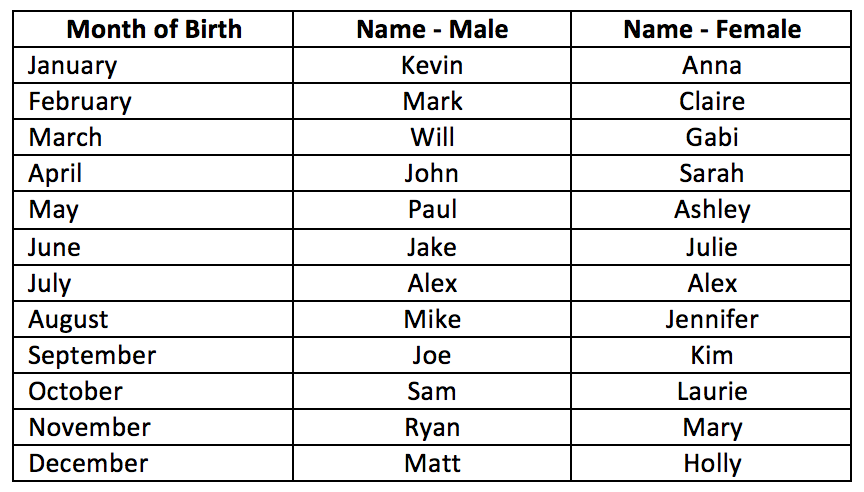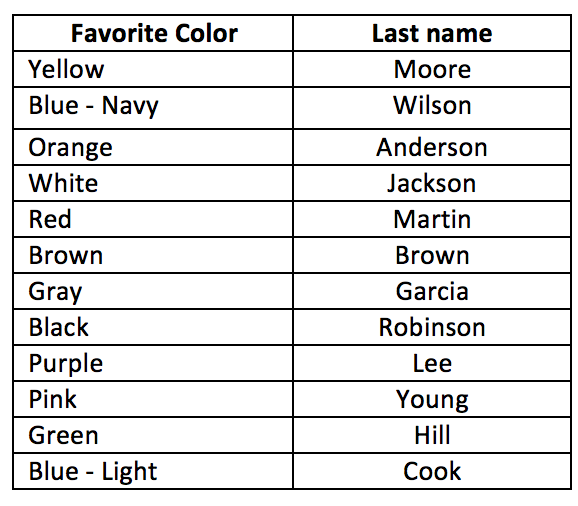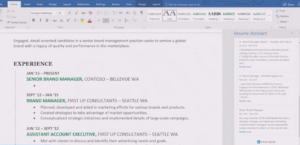So, yeah, the future of Sourcing, as a function, is not Artifical Intelligence (A.I.).
I know that makes a ton of folks working in Sourcing really excited to hear! For the past year, all Sourcers have heard is that the Robots are coming to take your job. That is incorrect.
The correct version is that the robots are going to take most of your job.
Wait, what?!
Yeah, I know it sucks, but horses don’t pull carts anymore and they made out just fine.
Look, the reality of sourcing is that most sourcing technology on the market today, is better at sourcing than over 90% of actual Sourcers working in the sourcing function. No, not you SourceCon geeks! The true specialist will always have jobs.
When you take the current sourcing tech on the market, add in the A.I. component, you now have a tech landscape that can automatically take your openings, go out and find candidates on the internet, job boards, your own ATS database, etc., contact them to see if they’re interested, then deliver activated candidates to recruiters. And, the tech does this 24/7/365, without bitching about not having a LinkedIn Recruiter seat.
Yes, that is current reality.
So, what’s the Future of Sourcing?
Say, hello, to my little friend! The Telephone!
The future of sourcing is connecting with those millions of candidates, who don’t have a social footprint on the web, or at the very least don’t have enough of a social footprint to ever show up in any kind of crazy search you could dream up.
It’s Larry the Engineer, sitting at his desk in Detroit, MI. Larry works at GM, 20 years experience, hates Facebook, doesn’t have a LinkedIn profile, and doesn’t attend conferences or his former college events. Larry is a candidate ghost. Larry sits in a large sized office space with 35 other engineers who all do similar stuff. You know probably 25 of those engineers. You know nothing about Larry.
You only find Larry one way.
Step 1: You map out that group. You find someone on the inside that tells you about the 35 engineers. You then start piecing it together and find out you can only find 25.
Step 2: You start asking all 25 for referrals. Who do you work with? Who is great in your group? Who doesn’t anyone know about, but they should? Etc.
Step 3: You cold call Larry. You do your Sourcing magic in getting Larry really excited about going to work for Ford.
Welcome to the future of Sourcing.
The robots can’t do this. This is the real future value of sourcing.
Sounds super old-school doesn’t it!? That’s because it is. Turns out, we can find almost anyone online. The “almost” portion accounts for about 25% of the adult population. That’s about 40 Million adults in America alone that the robots won’t find, and neither will your searches. These are people you have to dig up manually, the old school way.
Okay, I’ll tell you the new old school way will be better because you can use texting and messaging and whatever else the kids are using to communicate. But, your real value as a sourcer will not be picking off people who are now online that any robot can find. Your real value will be networking your way to that talent that has no social footprint.
My mom, who started recruiting in the 1970’s would be today’s greatest sourcer! She could talk anyone into giving her anything. If you knew ten people, she could get you to make an additional one up, so she had eleven names and numbers. Your ability to get more referrals of people no one else knows about is the future of sourcing.
Everything that is old is new again.



